In 1958, the famous photojournalist Ara Güler, while lost on the roads of Geyre village in Aydın, stumbled upon a mesmerizing ancient city from the Roman era. This is the intriguing discovery story that introduced Aphrodisias Ancient City to the world, along with a practical visitor guide.
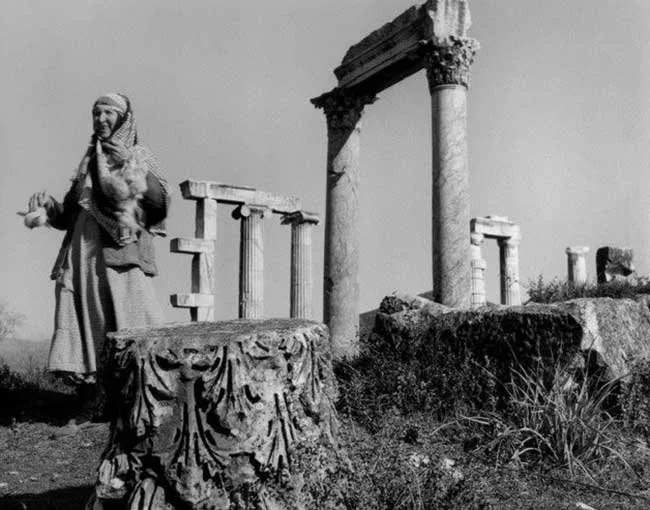
Ara Güler and the Accidental Discovery
Ara Güler had gone to the region for the inauguration of a dam and got lost on his way back.Passing through a village he noticed how deeply the locals lived intertwined with history. Roman columns and architectural fragments were used in daily life and ancient sarcophagi served even to strain grape juice. Astonished by this unique scene, Güler photographed dozens of spots around the village. After returning to Istanbul, he researched the area and sent his photos to the international press, helping Aphrodisias gain worldwide recognition.
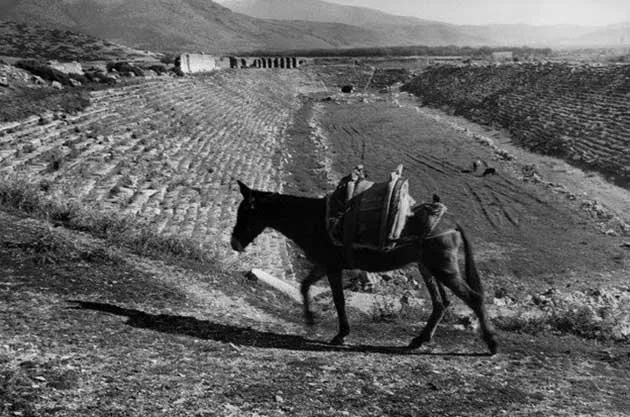
American archaeologists, investigating the site, discovered that it dated back to 500 BC and was named after the goddess of love and beauty, Aphrodite. In 1961, Prof. Dr. Kenan T. Erim began formal excavation work at the site.
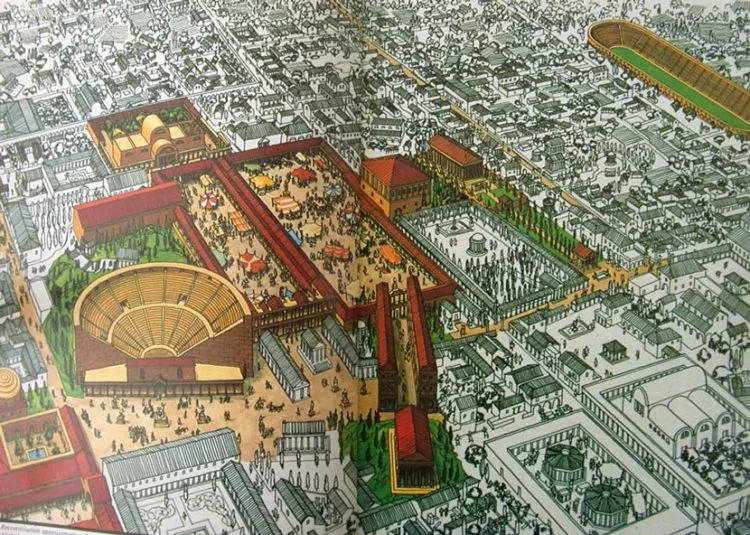
The Historical Journey of Aphrodisias
Aphrodisias, a city named after Aphrodite, was originally used as a Roman temple site. The name “Aphrodisias” first appeared in the 2nd century BC; prior to that, the city was known as Lelegonpolis, Megapolis, Ninoi, Kayra, and Geyre.The settlement dates back to the Late Neolithic period. Excavations at the Acropolis and Pekmeztepe confirmed the existence of two ancient villages. In the 2nd century BC, under growing Roman influence, the city became a sacred center and officially took the name Aphrodisias.

Must-See Sites in Aphrodisias
Temple of Aphrodite: The most significant structure of the city, the temple took over 150 years to build. It was a pilgrimage site for polytheistic worshippers and later converted into a church during the Christian era.
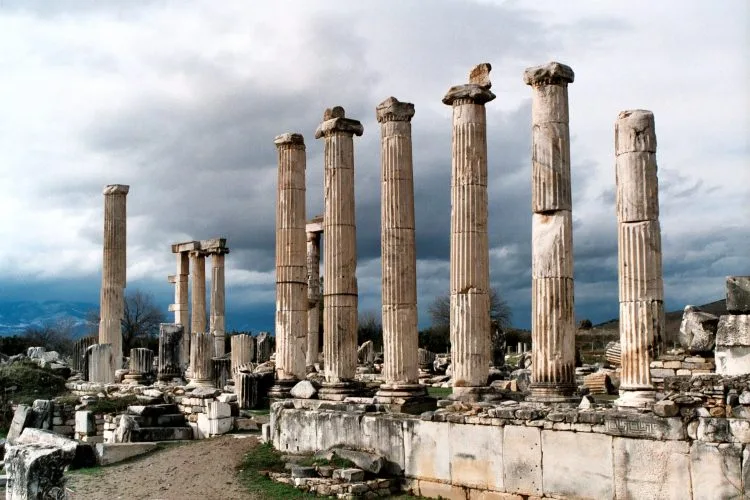
Aphrodisias Ancient Theatre: This theater, with a capacity of about 8,000 people, hosted gladiator fights and public festivals. The reliefs and statues discovered during excavations vividly illustrate social life in the Roman period.
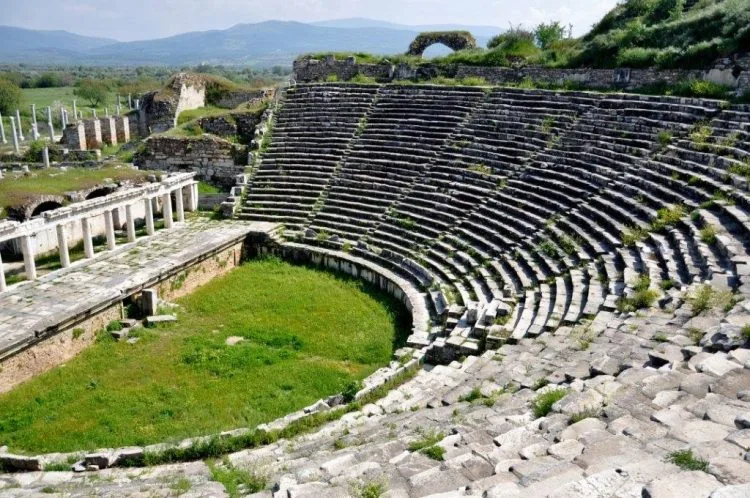
Stadium: With a capacity of 30,000 and an elliptical design, the stadium hosted athletics, folk dances, and festivals. Visitors can still experience the grandeur and layout of ancient sporting events.

Odeon and Bishop’s Palace: These structures reveal the social and cultural life of the city, where poetry readings, concerts, and civic meetings took place.
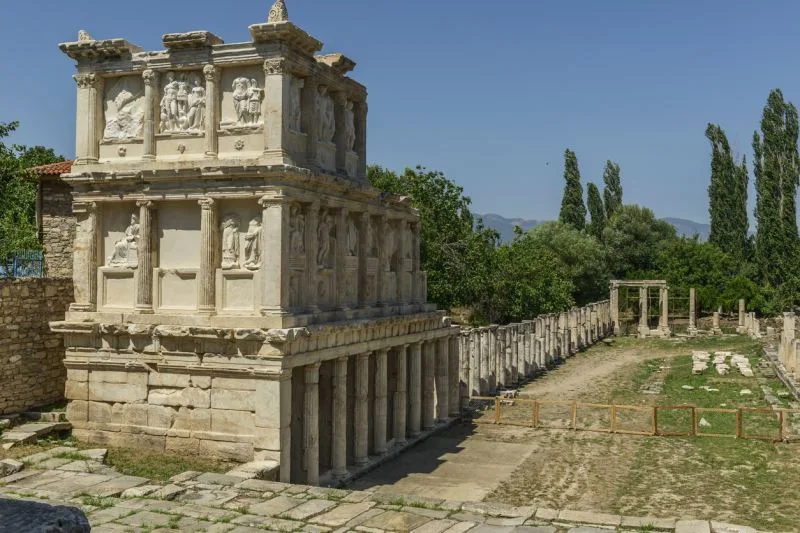
Hadrian’s Baths: Specially designed for Roman Emperor Hadrian, these baths had separate sections for men and women. Public baths played a central role in the social life of the city.

Tourist Information for Visitors
- Location: Near Geyre village, close to Karacasu district in Aydın.
- Transportation: Accessible by private car or tour buses from İzmir or Aydın.
- Visiting Hours: Generally open from 08:00 AM to 07:00 PM.
- Entrance Fee: A small museum fee may apply; check local sources for details.
- Tips: Wear comfortable shoes, use sun protection, and bring a camera to capture the excavation areas.
Aphrodisias captivates visitors not only with its historical significance but also with its archaeological treasures and impressive architecture. Once a serendipitous discovery, it now stands as a UNESCO World Heritage Site, preserving the silent witness of history for future generations.

